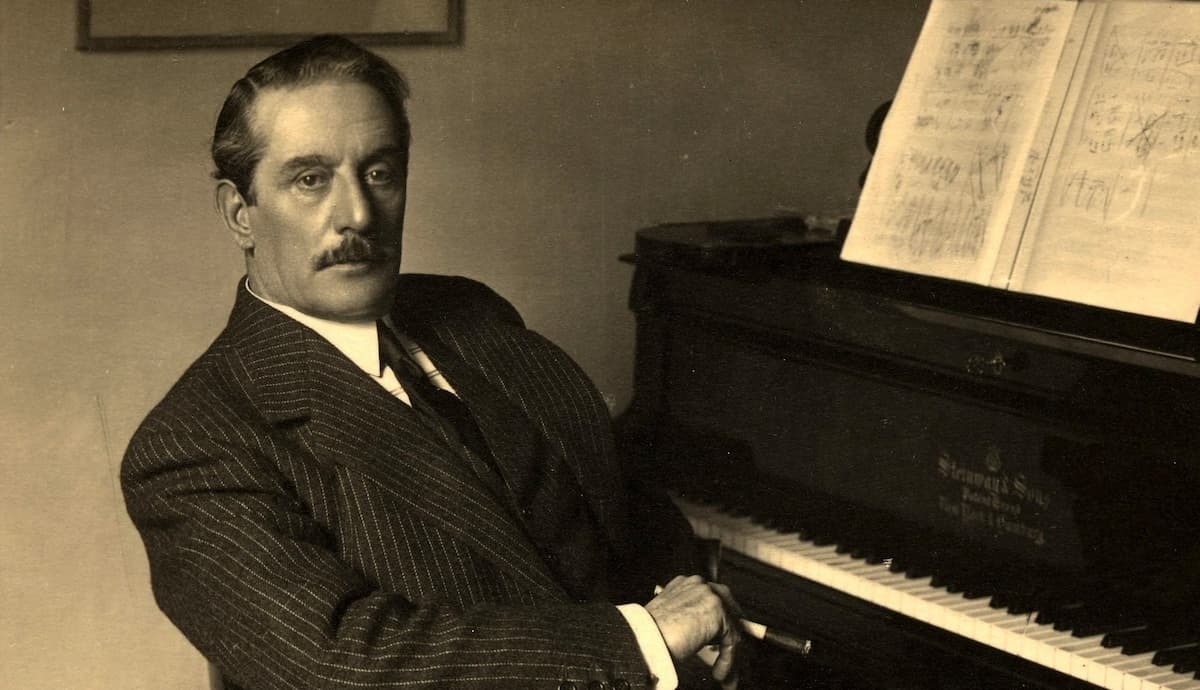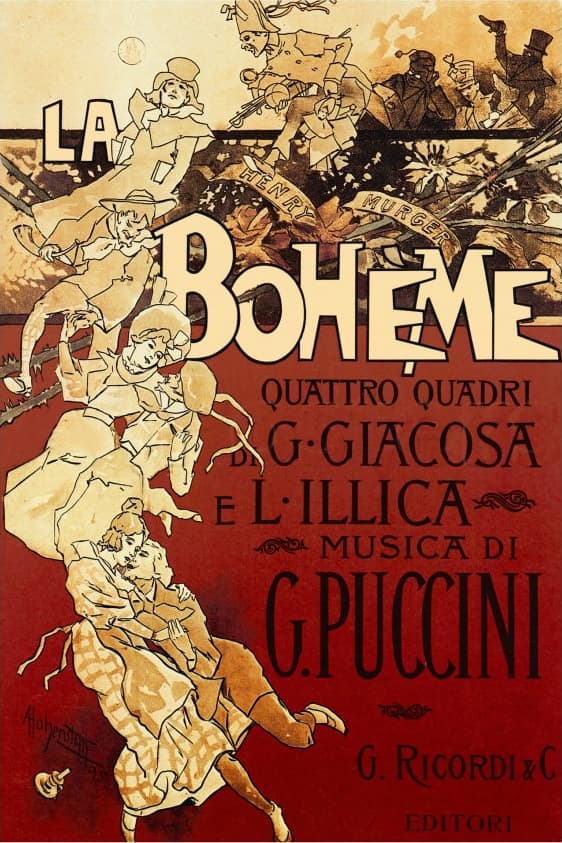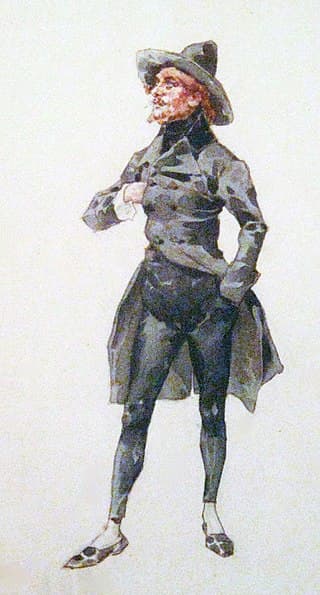Giacomo Puccini’s (1858-1924) La Bohème is one of his best-loved and most frequently performed operas. After its premiere on 1 February 1896 it was quickly adopted into the repertory of all the major theatres across Italy. However, the response of the audience at the first performance at Turin’s Teatro Regio was unenthusiastic, and critical response was polarized.
Criticism

Giacomo Puccini © newzik.com
Contemporary criticism of La Bohème was significantly affected by an event that had taken place in Turin a little over a month earlier, the first Italian production of Wagner’s Götterdämmerung. A scholar writes, “In a city where many critics were relatively tolerant of forward-looking musical tendencies, La Bohème was not judged on its own terms but became caught up in heated arguments about the merits of Wagner’s music and ideas… Its initial critical reception was dominated by anxieties about the vitality of contemporary Italian music and its ability to keep pace with musical developments elsewhere in Europe.” And while it was conceded that Puccini’s opera had succeeded in moving the audience and that his writing for the orchestra was greatly improved, the overall dramatic cohesion was seen to be lacking.
Giacomo Puccini: La Bohème “Che gelida manina”
The critic Gustavo Macchi wrote in La Sera, “Puccini often stopped to paint, to varnish almost, the plot of the libretto with graceful and light music, scene by scene, episode by episode, sometimes losing sight of the overall whole. The music had the task of bringing all these details together, of making a living organism out of these dead organs. In truth it hasn’t succeeded.”

Poster for the 1896 production for Puccini’s La bohème
For some critics, La Bohème was “a momentary error that left no great impression on the hearts of the listeners, nor will it leave a great mark on the history of Italian opera.” It was generally agreed upon that Puccini’s musical style had not evolved and that it lacked originality. And Benjamin Britten snidely remarked in 1951, “After four or five performances I never wanted to hear Bohème again. In spite of its neatness, I became sickened by the cheapness and emptiness of the music.” Today, it is generally believed that in La Bohème, Puccini had solved the difficult problem of reconciling progress with accessibility. As a scholar writes, “In this score, those of a technical bent cannot fail to admire the inventive and elegant harmonist… and finally, and this is the greatest honour, the refreshed, impassioned and irresistible melodist.”
Giacomo Puccini: La Bohème “Si, mi chiamano Mimi”
Inspiration

La bohème. Rodolfo. Costume design realized on commission of Ricordi & c. by Adolfo Hohenstein for the premiere at the Teatro Regio, February 1, 1896, Turin
Puccini’s libretto is based on the novel Scènes de la vie de bohème, originally published in serial form by Henri Murger in 1851. It is a collection of loosely related stories, all set in the Latin Quarter of Paris in the 1840s, “romanticizing bohemian life in a playful way.” While the stories were popular within a small literary community, they initially failed to reach a larger audience.
This all changed when the young playwright Théodore Barrière, who proposed to write a play on the stories, approached Murger. Murger agreed and the play La Vie de la bohème was staged to great success at the Théâtre des Variétés.
Controversy With Composer Ruggero Leoncavallo
The popularity of the play spawned a number of librettos, and early in the composition stage, Puccini got into a controversy with the composer Ruggero Leoncavallo. Leoncavallo claimed that he was working on his own La Bohème, and that he had previously offered Puccini a completed libretto. As such, Leoncavallo claimed precedence in the subject, and that Puccini knew all along that he was working on the opera. Puccini responded to the accusation the following day in an open letter to Il corriere della sera, claiming that he had been working on his own version for some time, and felt that he could not oblige Leoncavallo by discontinuing the opera. He also “welcomed the prospect of competing with his rival and allowing the public to judge the winner.” Leoncavallo’s La Bohème had its highly successful premiere at the Teatro la Fenice, in Venice on 6 May 1897.
Giacomo Puccini: La Bohème “O soave fanciulla”
The Characters

La Bohème Rappezzatrice Costume
The libretto, fashioned by Giuseppe Giacosa and Luigi Illica, fuses Murger’s Mimi and Francine characters. Actually, it is almost entirely based on Francine, a marginal character in the novel. The real Mimi in the novella is a calculated woman who first falls in love with Rodolfo and then, advised by Musetta, is looking around to find a man with more money. Francine, on the other hand, is conceived in purely romantic terms, all innocence and fragility. “By taking Francine as a model for their Mimì the librettists allowed Puccini not only to distinguish her musically from Musetta, as Leoncavallo was never able to do, but also to achieve that perfect balance of realism and romanticism, of comedy and pathos which makes La bohème, on its own level, one of the most satisfying works in the operatic repertory.”
For more of the best in classical music, sign up to our E-Newsletter
Giacomo Puccini: La Bohème “Dunque e proprio finite!”

And Benjamin Britten snidely remarked in 1951, “After four or five performances I never wanted to hear Bohème again. In spite of its neatness, I became sickened by the cheapness and emptiness of the music.”
The music of Mr Britten, to me, has always rhymed with Sphinx.